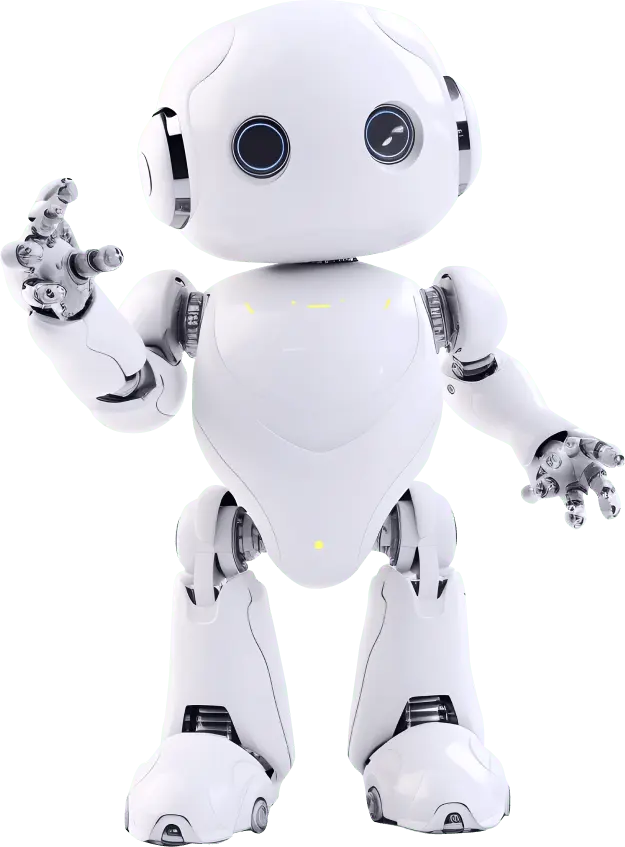Создан заказ №1281860
14 июня 2016
Перевод с английского
Как заказчик описал требования к работе:
You’re going on holiday. Off the plane and checked into your hotel, you don the wrinkle-free shirt you packed so you wouldn’t have to do any ironing. Grabbing your scratch-resistant sunglasses and your sunscreen you dash to the hotel pool, not forgetting to pick up your camera phone so you can send
that boastful photo home. Poolside, you relax listening to summery tunes on your MP3 player, before taking a plunge into the cool refreshing water.
As you soak up the sun, nanotechnology is probably the furthest thing from your mind. Yet throughout every step of your trip you've unknowingly encountered it. From the nanoparticles that coated the surface of your plane to reduce drag, to the way the hotel pool was cleaned, nanotechnology was there. It boosted your sunscreen’s ability to reflect harmful ultraviolet radiation, rendered your shirt with that just-ironed look and armoured your designer shades against unwanted scratches. Your gadgets also used nanotechnology to store your snaps and songs on their respective hard-drives and flash memory.
Nanotechnology is an inescapable part of modern everyday life, both on holiday and at home. “There are things we’ve been using for a long time which contain nanosize components, like the lasers in DVD and CD players,” says Milo Shaffer, head of the London Centre for Nanotechnology. Yet most of the time it goes unnoticed. “On the whole people aren’t very aware of the nanotechnology all around them,” Shaffer explains.
So if you stretch out an arm you’ll almost certainly be able to grab something that employs nanotechnology. But you might also be breathing in nanoparticles that have been around for many years. Ultrafine particles (UFPs) are airborne nanoscale materials that originate from many sources, including traffic pollution. UFPs can deposit in your lungs with the potential to cause respiratory problems including asthma and lung disease.
Although not all nanotech is the result of human activity, evolution has had at least a 3bn-year head-start when it comes to manipulating materials on the smallest scales. “Nature is all about nanoscale structures. It starts with the cell,” explains Julian Vincent, a former biologist and now professor of mechanical engineering at the University of Bath. “Biology plays around with the molecular scale all the time, it’s the level at which all biological reactions occur,” he adds.
Silk is a prime example of naturally occurring nanotechnology. “Silk is strong because of the way its molecules are aligned into a set of cross-links,” says Vincent. Kevlar, used in everything from flak-jackets to frying pans, was constructed by engineering its constituent molecules in a similar fashion.
подробнее
Заказчик
заплатил
заплатил
200 ₽
Заказчик не использовал рассрочку
Гарантия сервиса
Автор24
Автор24
20 дней
Заказчик принял работу без использования гарантии
15 июня 2016
Заказ завершен, заказчик получил финальный файл с работой
5
Перевод с английского.docx
2019-11-16 22:33
Последний отзыв студента о бирже Автор24
Общая оценка
4

Положительно
Очень хорошо!!! Замечательный автор! Спасибо большое за проделанную работу, оперативность и возможность обращаться к Вам вновь)










